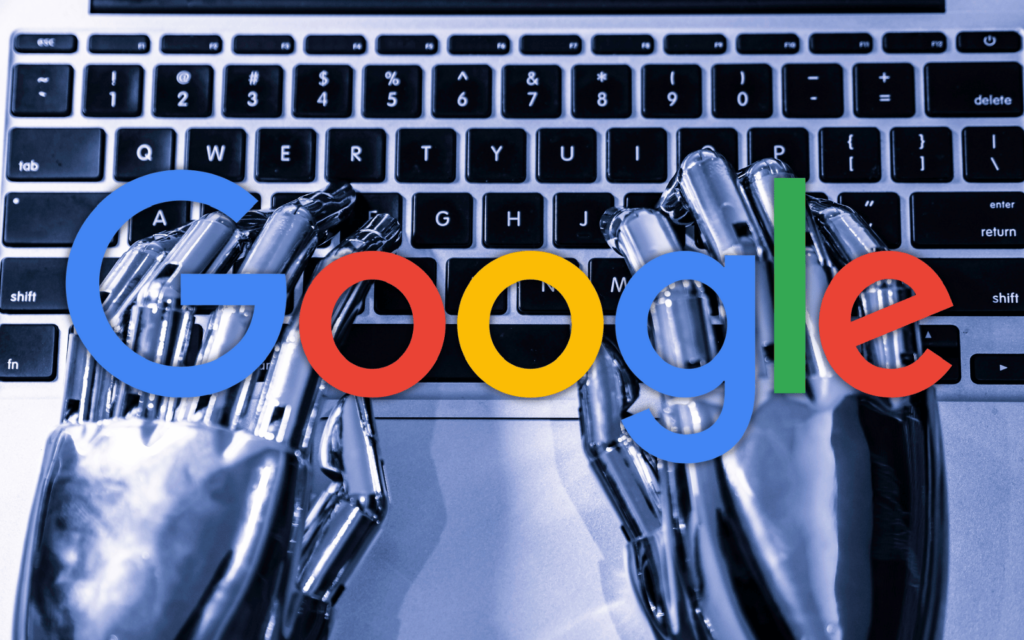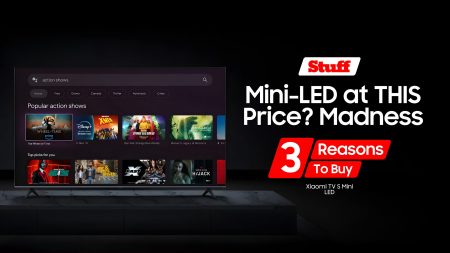Generative AI — products like ChatGPT and Meta’s own LLaMA — is the newest technology race. Google, the world’s most popular internet search provider (and also Undisputed Mobile OS Champion), is, for once, a little behind the pack. But it’s got ideas on how to catch up.
The internet giant’s plans are, at heart, exactly the same as everyone else’s: jam artificial intelligence in there somewhere. Unlike GM’s plan to stick ChatGPT in cars, Google’s implementation should prove actually useful. Provided you’re a Workspace customer and when the company gets around to releasing it.
Just Google AI it
Google’s vision of what an AI-supported future looks like is a very rosy one. In addition to announcing its intentions, the company released a brief demonstration video of what it expects Workspace integration to look like. It’s… exceedingly impressive but it’s also very marketing-heavy. As far as we know, these features aren’t that close to release as yet.
According to the company, its new generative AI assistant will be able to:
- draft, reply, summarize, and prioritize your Gmail
- brainstorm, proofread, write, and rewrite in Docs
- bring your creative vision to life with auto-generated images, audio, and video in Slides
- go from raw data to insights and analysis via auto completion, formula generation, and contextual categorization in Sheets
- generate new backgrounds and capture notes in Meet
- enable workflows for getting things done in Chat
Ars Technica points out that, in the demo video above, there are loads of hints that users will continue to train the AI embedded in Workspace when it comes out. There are ‘like’ and ‘dislike’ buttons and other ways to rate user experience, further refining the AI’s intelligence over time. But Google isn’t the only one working on features like this.
Microsoft, which has thrown loads of money in OpenAI’s direction, is looking to add generative AI support to Microsoft Office. We’re not sure yet what those features are or what they’ll look like but we’d be very surprised if they didn’t look exactly like Google’s Workspace ambitions. Just, you know, powered a little differently.




